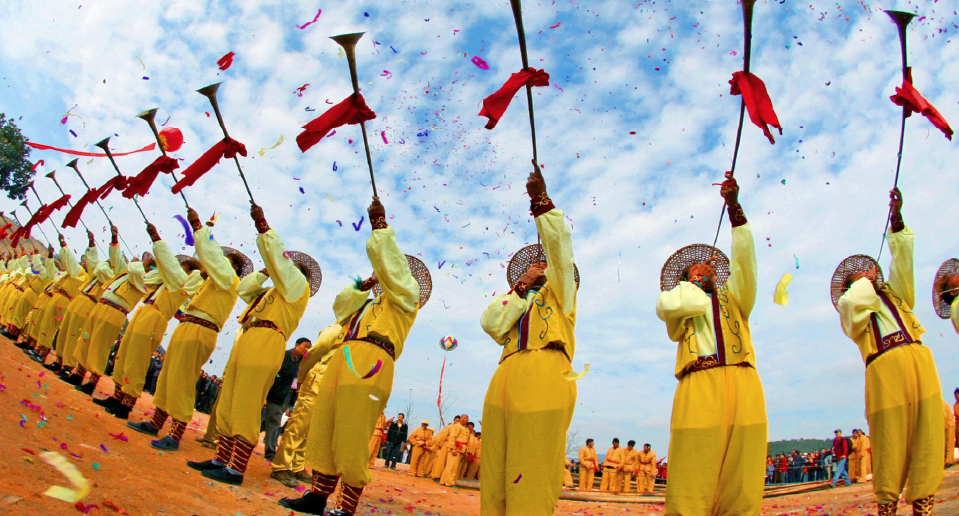
Visiting Tea Fair
Originating in the Song Dynasty, the activity of "visiting tea fair", which prevails in the Yushan area, refers to the fairs in commemoration of Xu Xun, known as the "tea god" in the Jin Dynasty. The fair is divided into the "spring fair" and the "autumn fair", and are both celebrated primarily in the ancient Yushan Tea Plantation. As the most representative intangible cultural heritage of Pan'an County, the tea fair figures prominently in the Chinese tea culture, highlighting the deep-seated history of tea markets as well as profound tea culture. In 2007, it was listed in the second batch of intangible cultural heritages of Zhejiang Province, and was included in the second batch of national intangible cultural heritages and is the county's only national intangible heritage at present.

